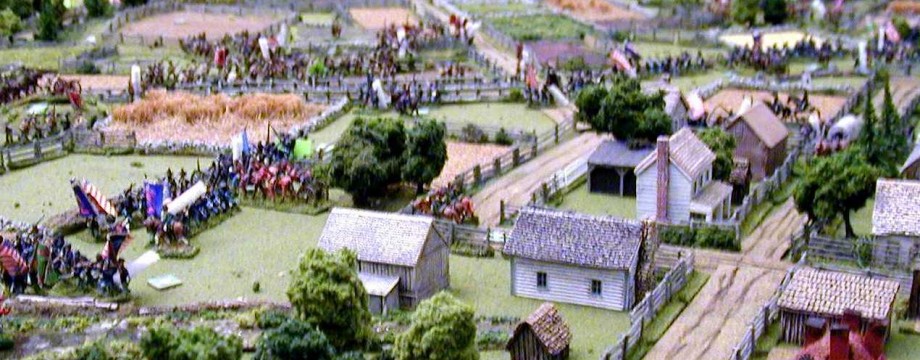
Thom Hatch, a long-time and award winning writer of Old West history topics, has ventured into a Civil War topic, writing a biography of Brig. Gen. George Armstrong Custer during the tumultuous war years. His latest work is entitled Glorious War: The Civil War Adventures of George Armstrong Custer (New York: St. Martin’s Press, 2013).
“Autie” Custer has become an almost mythical figure thanks to a very bad afternoon on the heights above Little Big Horn, and too often writers ignore or downplay his Civil War career in order to focus on his highly publicized encounters with Native Americans such as Crazy Horse, Black Kettle, and Sitting Bull. Much of the so-called “Custer’s Last Stand” historiography and media coverage, particularly in the 20th century, dives into speculation and conjecture, and at times is incorrect or mistaken.
Although not as prevalent as his Indian fighter years, Custer’s Civil War experiences have also become clouded in myth, misconceptions, and exaggerations. For example, over the past few years, most scholars of the battle of Gettysburg, including knowledgeable Licensed Battlefield Guides and park rangers, have discounted the theory proposed by Thomas Carhart and other writers that J.E.B. Stuart precisely timed his attack at East Cemetery Hill to coincide with and support George Pickett’s ill-fated assault on the Union center. That controversy has been frequently re-fought in Civil War chat rooms and message boards, as well as in printed reviews and rebuttals.
Other legends and myths about Custer in the war years include a long enduring local one here in York County, Pa., regarding General Custer tying his horse to a maple tree on the town square in Hanover during the June 30, 1863, battle of Hanover during the Gettysburg Campaign. This too has been debunked over the years (see this link to the Hanover Evening Sun). Few manuscript sources were used and definitive well-reasoned secondary sources on the battle such as John Krepps’ excellent book or Wittenberg & Petruzzi apparently were not consulted or used.
Author Thom Hatch has fallen into these common traps, as well as a few others, in this new book. Parts of the new book are of interest, but with me being a tour guide for York County’s Civil War history, perpetuating the Custer maple story is something to be avoided. He also writes that “Kilpatrick had no knowledge of Stuart’s ambitious ride toward Carlisle.” Not quite accurate… A party of Kilpatrick’s men dogged Stuart all the way through York County, engaging his rear guard (Wade Hampton’s brigade) in several small and relatively bloodless skirmishes in Jefferson, Dover, Rossville, and other York County sites. They did not peel off until Stuart was almost to Dillsburg, about 10 miles from Carlisle. Throughout July 1 it was quite clear to Alexander and the Union scouts that Stuart was not turning west but was continuing northwesterly on the Carlisle Road.
There are a few other nits, such as the misspelling Karle Forney as Carl Forney and the mention that the “terrified citizens” barricaded the streets (the soldiers did that, and several definitely not terrified citizens were up in their second story windows firing at the oncoming Rebels). Other residents rushed into the streets and were helping the wounded (Yank and Reb alike) while bullets flew.
The author also states that Custer departed for Abbottstown on the York Pike (today’s PA Route 116). Umm… no. I work nine miles from Hanover on the York Road (it was not a turnpike by the way), and it’s definitely the wrong direction to head to Abbottstown. Custer first encountered the Rebels westward toward Littlestown; this is not mentioned and perhaps should have been addressed as this was his very first actions in combat as a brigadier general.
Glorious War: The Civil War Adventures of George Armstrong Custer
366 pages, annotated with a bibliography, indexed
10 glossy, coated-two-sides pages of photographs, no maps
ISBN 978-1-250-02850-1



